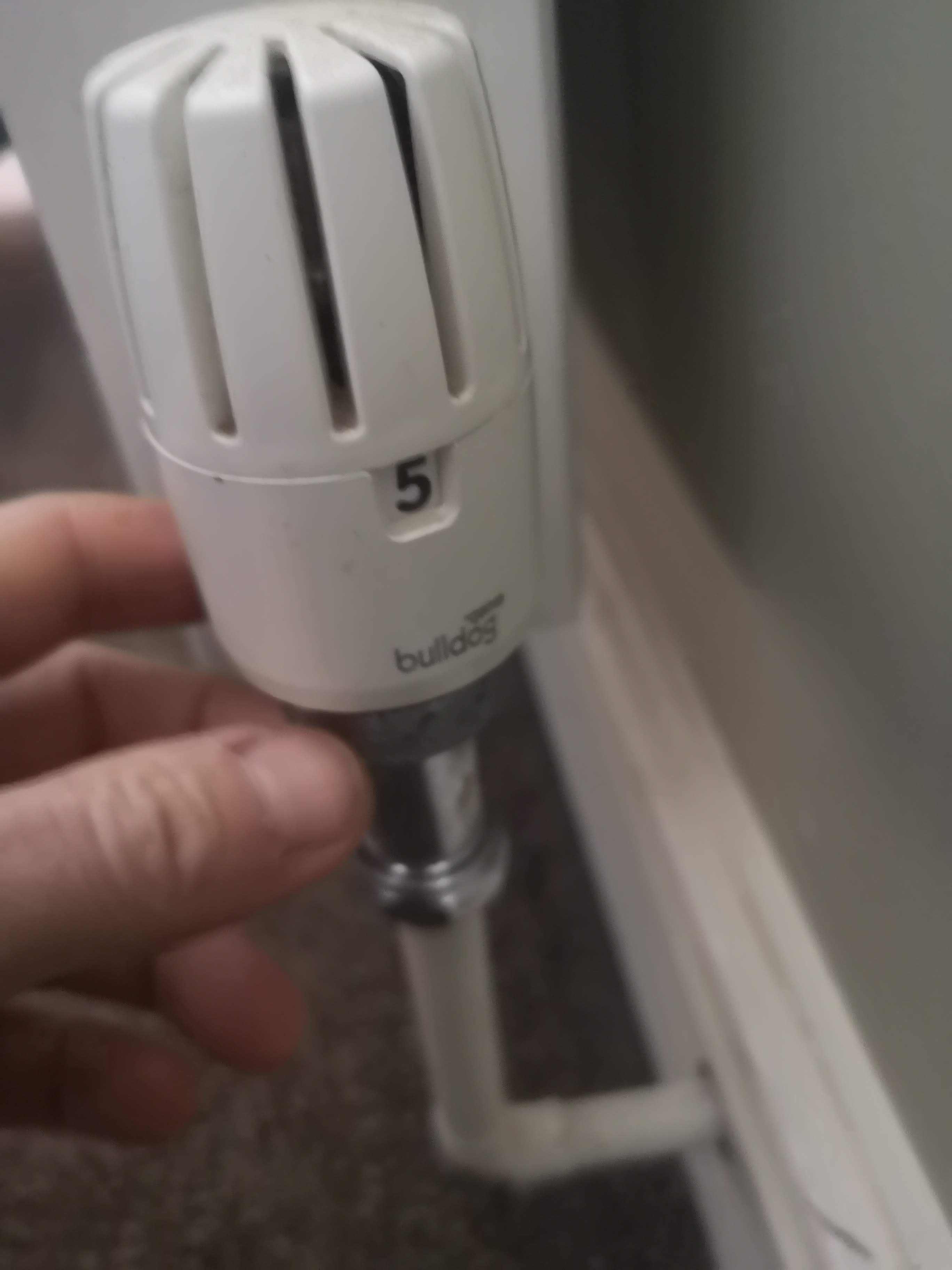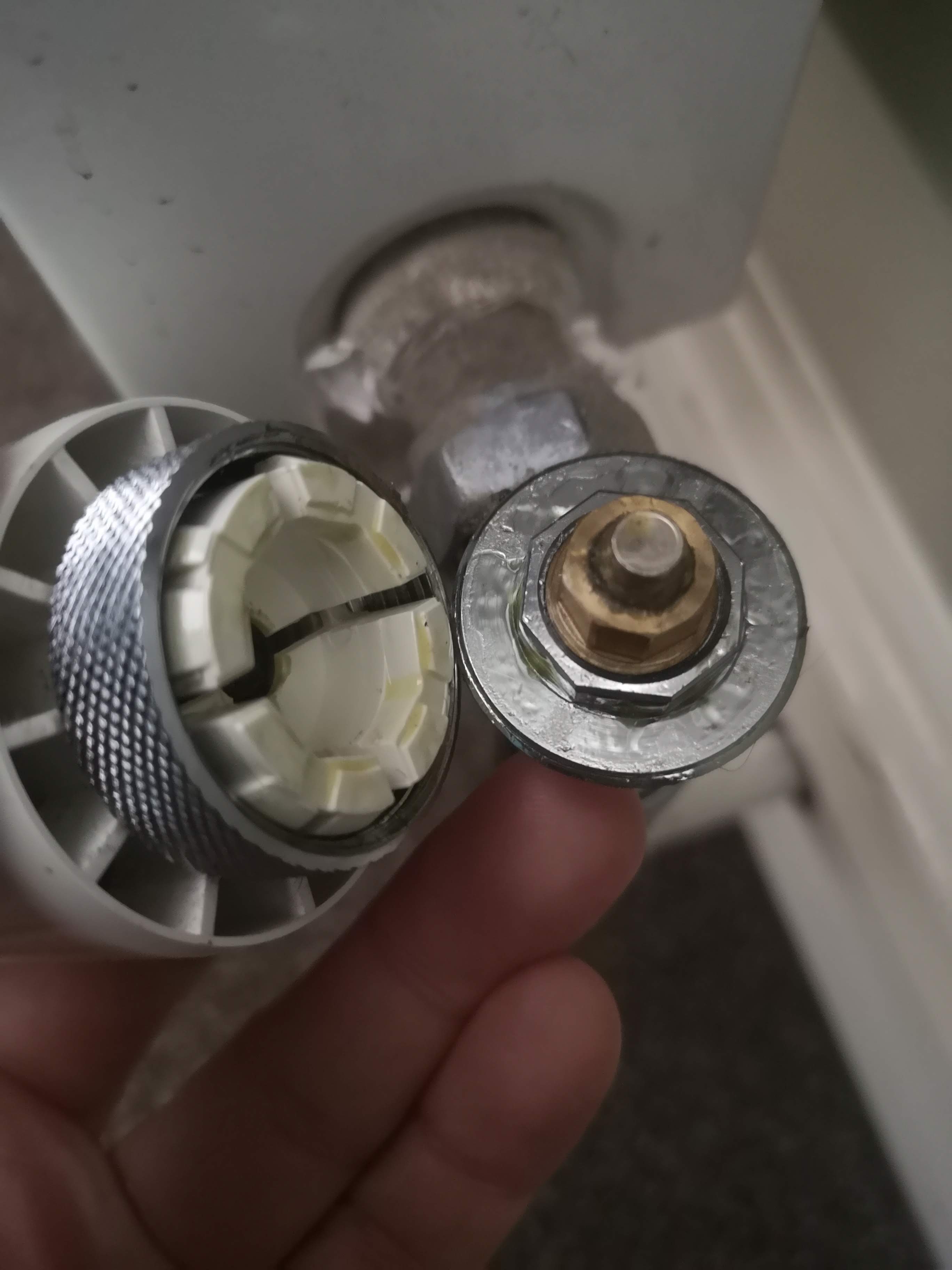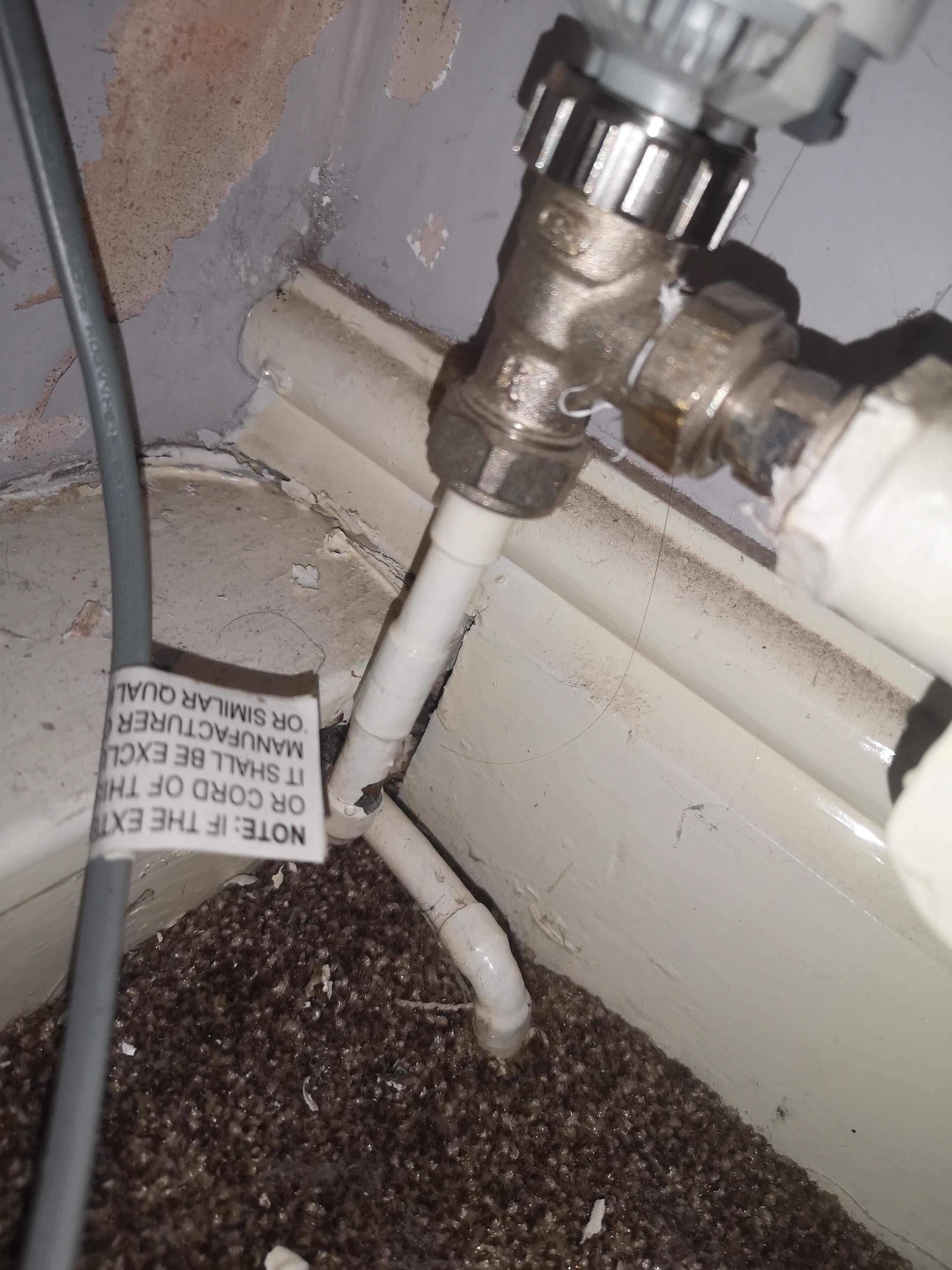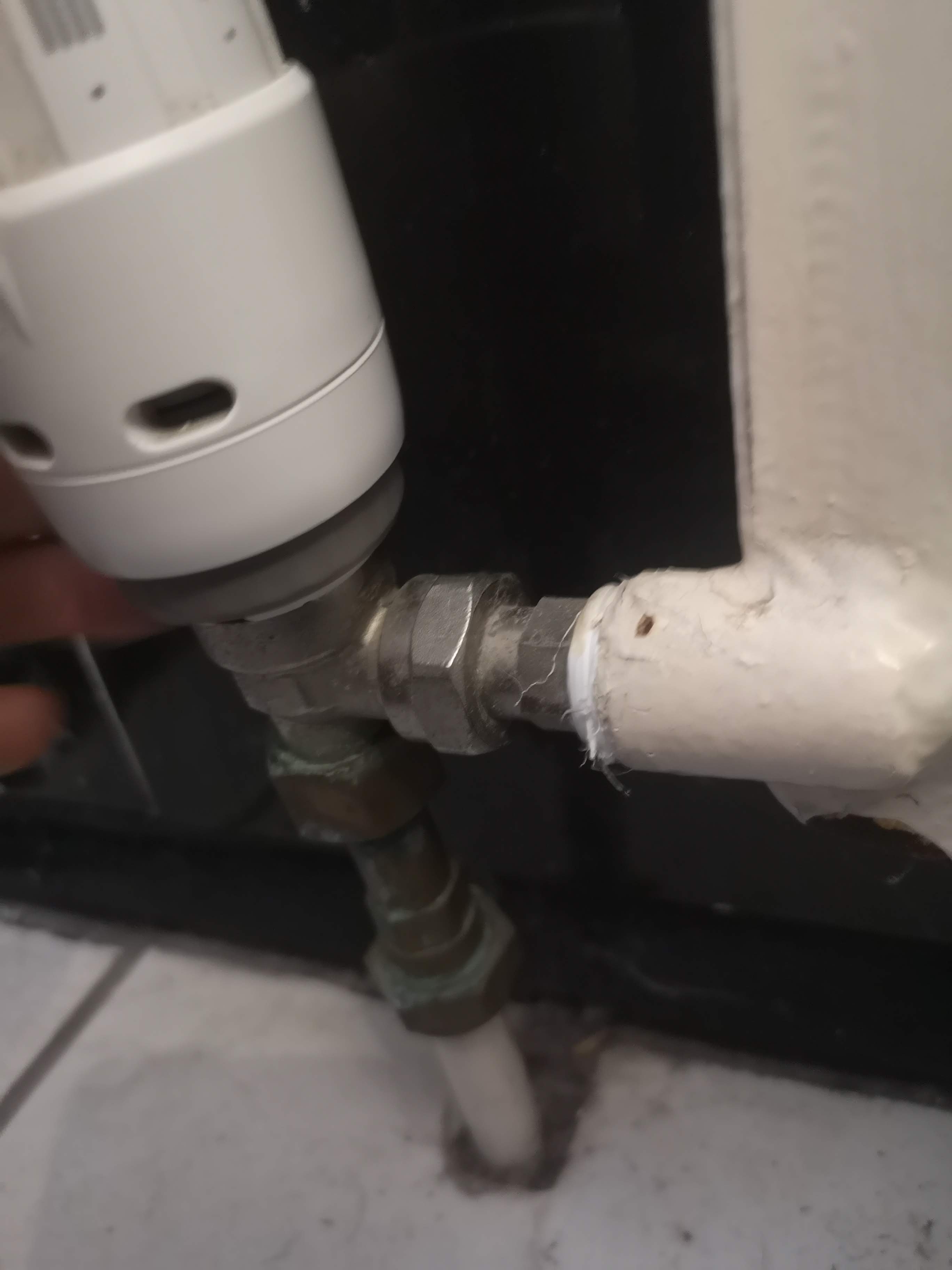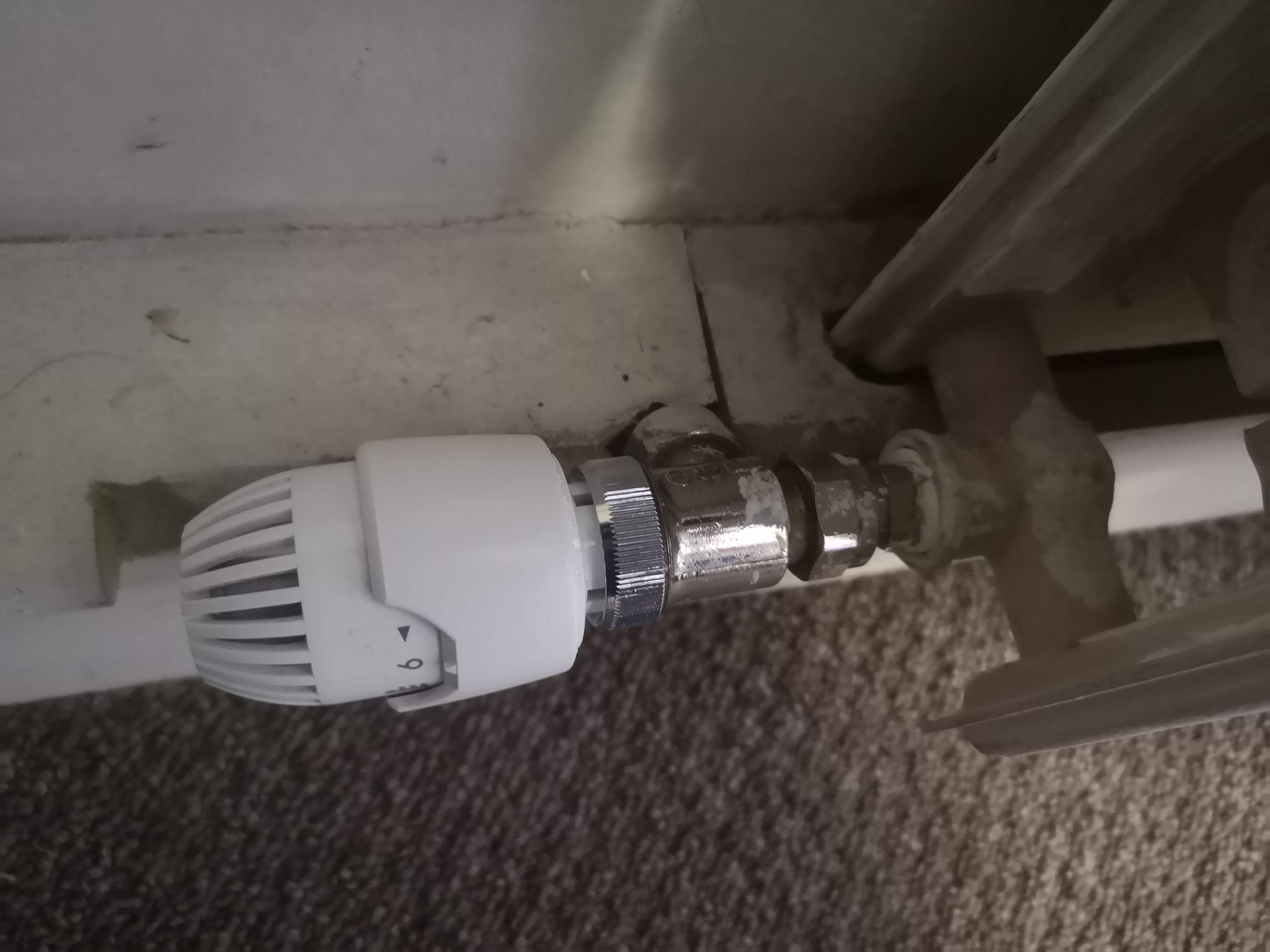In the house we've moved in to, I'm trying to get to grips with the heating system and some issues with heat from radiators in a downstairs room (almost like cellar level, but it's not, it's just that the house is on a hill so theres a room down there).
Anyway to cut to the chase, my question is about trv bodies. The pins on a lot of those here only seem to move about 2mm while the head actuator pushes about 5mm or more. Basically on the 1 - 5 or 6, anything above 3 doesn't do anything, and spins freely.
Does this mean the bodies are some old type of on/off body and should be swapped for ones that have more progressive control?
Next question is that I have ordered a Drayton Wiser system and a few extra trv heads to go with it, but a quick look online doesn't show a recommended trv body to go with them. We certainly have some misbehaving TRVs.. one where there is no flow on 5 or full on, but there is if you nudge it down a little, to 4.5 i.e. just push the pin slightly. That one doesn't have the aforementioned problem of only 1 to 3 acting on the pin obviously. I had a look on Toolstation last night but seemed like they were just selling complete sets.
Oh and lastly.. we've got these weird TRV heads that seem to have an adapter fitted to them. They have a collar that you spin to loosen-up a clamp then you just pull them off. Rather than them being screwed straight to the body.. one of those is one that the pin barely moves in. It also seems to be turnable as well. The pin seems to be coming through a hex that can be used to turn the flow on / off. Could it be that these used to be on/off hand valves, that are poorly adapted to TRV heads?
Anyway to cut to the chase, my question is about trv bodies. The pins on a lot of those here only seem to move about 2mm while the head actuator pushes about 5mm or more. Basically on the 1 - 5 or 6, anything above 3 doesn't do anything, and spins freely.
Does this mean the bodies are some old type of on/off body and should be swapped for ones that have more progressive control?
Next question is that I have ordered a Drayton Wiser system and a few extra trv heads to go with it, but a quick look online doesn't show a recommended trv body to go with them. We certainly have some misbehaving TRVs.. one where there is no flow on 5 or full on, but there is if you nudge it down a little, to 4.5 i.e. just push the pin slightly. That one doesn't have the aforementioned problem of only 1 to 3 acting on the pin obviously. I had a look on Toolstation last night but seemed like they were just selling complete sets.
Oh and lastly.. we've got these weird TRV heads that seem to have an adapter fitted to them. They have a collar that you spin to loosen-up a clamp then you just pull them off. Rather than them being screwed straight to the body.. one of those is one that the pin barely moves in. It also seems to be turnable as well. The pin seems to be coming through a hex that can be used to turn the flow on / off. Could it be that these used to be on/off hand valves, that are poorly adapted to TRV heads?
Last edited:



